
views

Search for existing geocaches before trying to create your own and hide it. Try to find a variety of cache types and sizes in various terrains and locations and covering the spectrum of difficulty levels. This will allow you to determine which things work well and help you form wise choices in this endeavor. Some people will advise you to find X number of caches, but if they are mostly of one type, it won't be helpful. You'll learn more finding ten caches of ten different types than one hundred caches of a similar type. It is helpful to gain a little experience first.
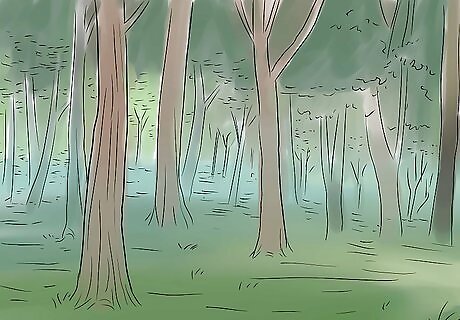
Find a good spot for your geocache. A quality geocache will be hidden near something of natural, human, historic, or scenic interest or at least at the end of a pleasant walk. Try to make it a place that people would enjoy visiting even if the cache wasn't there.
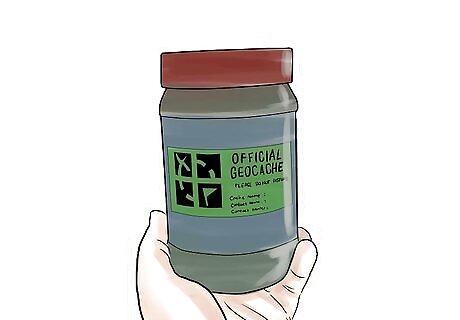
Make sure certain geocaches are allowed there. If it is private property, obtain permission from the land owner. Some park systems require permits and some do not allow geocaching, so check with park management to make sure geocaching is allowed, then obtain a permit if required.

Select an appropriate container. Geocache containers should be waterproof and durable. Military surplus ammo boxes are a favorite of many geocachers. Also make sure the container is appropriate for the area (see Tips, below). A good seal is important, because, if water leaks in, the cache will be ruined.
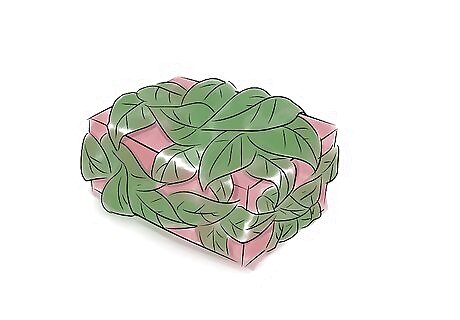
Camouflage the container. This is optional but will help keep non-geocachers from finding it. Painting it in colors which match the area or wrapping it in camouflage duct tape are two ways that will help conceal it. Other methods include gluing bark to the container or hiding it under fake rocks or tree stumps.

Label the outside. In today's world, suspicious packages can create alarm. Clearly labeling your container as a geocache and with the proper contact information may reduce the chances of your cache being reported as suspicious package.
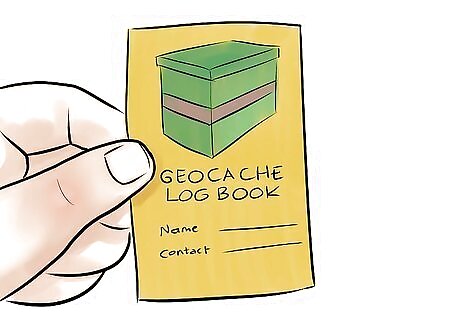
Stock the cache. Include a letter explaining what it is, just in case a non-geocacher finds it. Also include a logbook, pencil, and, if the geocache is large enough, trinkets for finders to trade out.
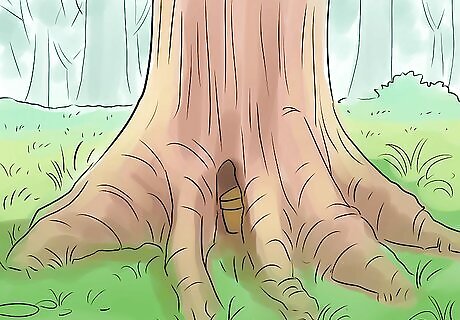
Hide your cache. Your cache is more likely to last if you choose a low traffic area where it is not likely to accidentally be discovered and where searchers won't be spotted by passersby, business owners, security guards, or residents.

Use your GPS to obtain the coordinates. Make sure you have a good satellite signal, then let your GPS settle at the cache site for a minute or two before marking. Check your owners' manual for the section on how to mark a waypoint if you don't yet know.

List your cache. You need to post it on a website so other geocachers can obtain the coordinates. The most popular site, by far, is www.geocaching.com. Other sites include www.navicache.com, www.terracaching.com, opecaching.com and www.opencaching.us.

Maintain your cache. Be ready to respond promptly to reported problems such as missing containers and wet or full logbooks. If you lose interest, remove your cache and archive the listing.


















Comments
0 comment